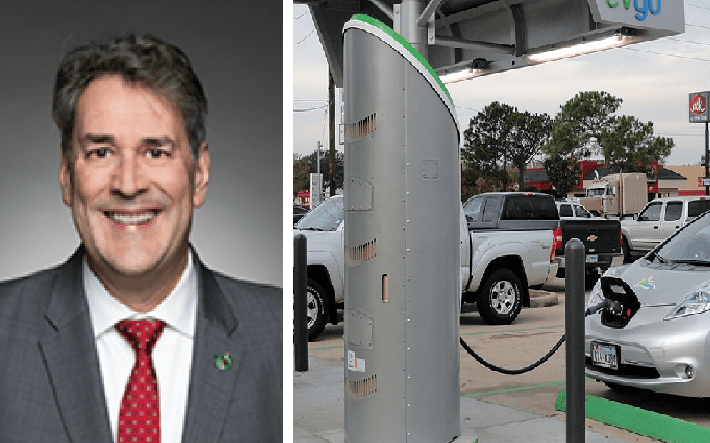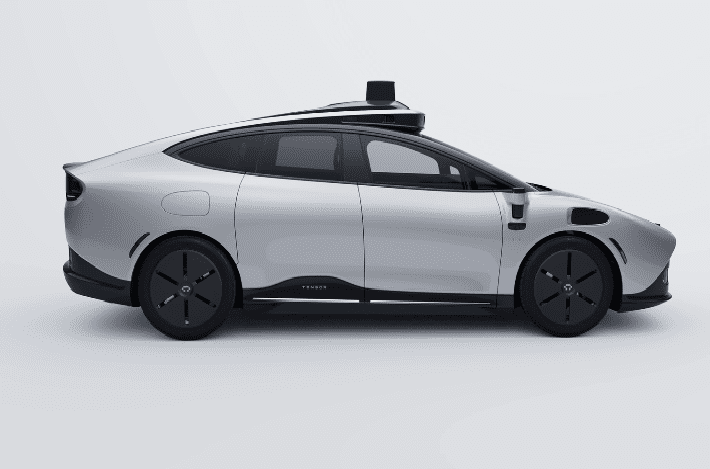Toronto, Ontario — Recurrent, which aims to offer more transparency surrounding electric vehicles (EV), has found that while high-voltage charging (DC fast charging) does accelerate EV battery degradation over time, there is no statistically significant difference between fast charging more than 70 percent of the time or less than 30 percent of the time.
In other words, the frequency of DC fast charging (i.e. using DC fast chargers 70+ percent of the time vs. less than 30 percent of the time) does not appear to have a significant impact on the rate of battery degradation, even though fast charging itself can lead to greater degradation compared to slower charging methods.
Specifically, in its testing, Recurrent looked at fast charging in 13,000 Teslas from between 2012 to 2023 model years and collected 160,000 data points. While scientists expected battery degradation over time, they found that regardless of fast-charging time, all Tesla batteries—fast-charged or not—do show some degree of range degradation.
Scientists involved further explained that this degradation is normal and that despite inevitable degradation regardless of charging rate, there are still steps that consumers can take to help preserve their electric vehicles for the future.
Steps that can be taken to help preserve an EV’s battery include reserving high-voltage charging for long distances such as road trips, avoiding charging when the vehicle’s battery is either very hot or very cold, as well as when it is at extreme battery states such as at 5 percent and 90 percent charged.
To see Recurrent’s full report, click here.



















